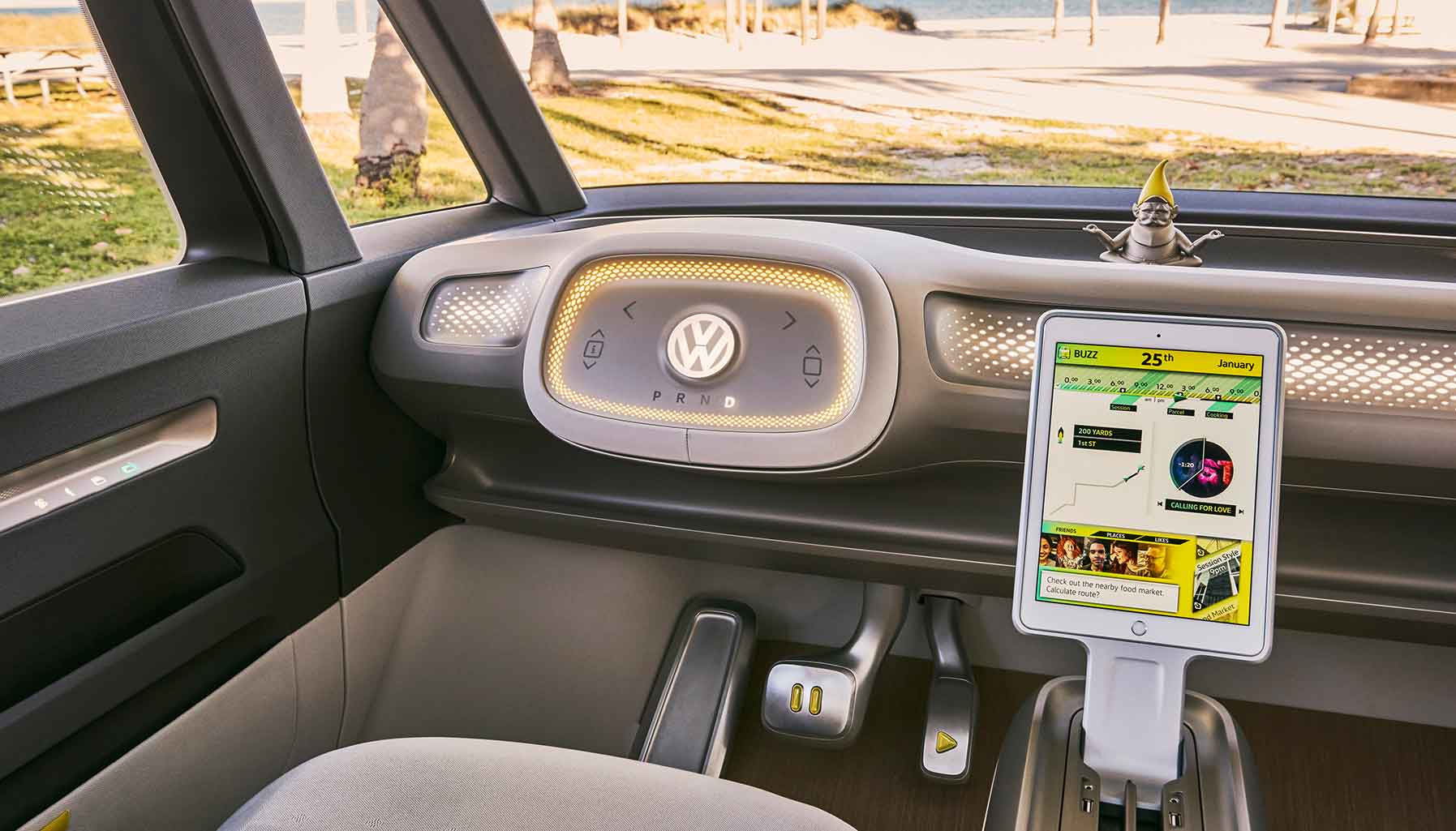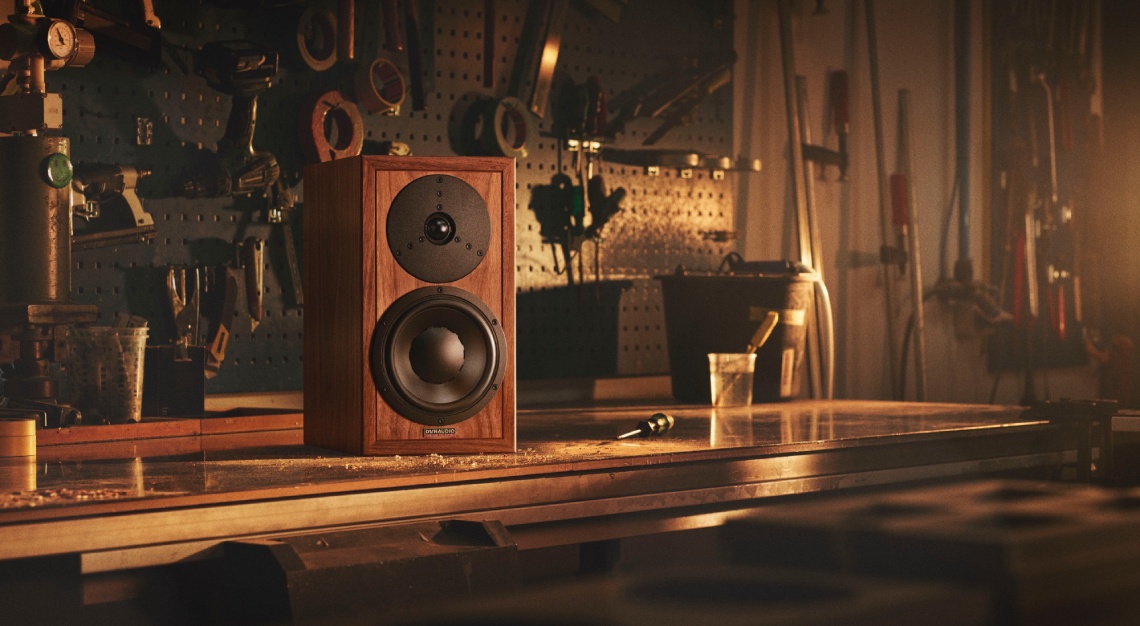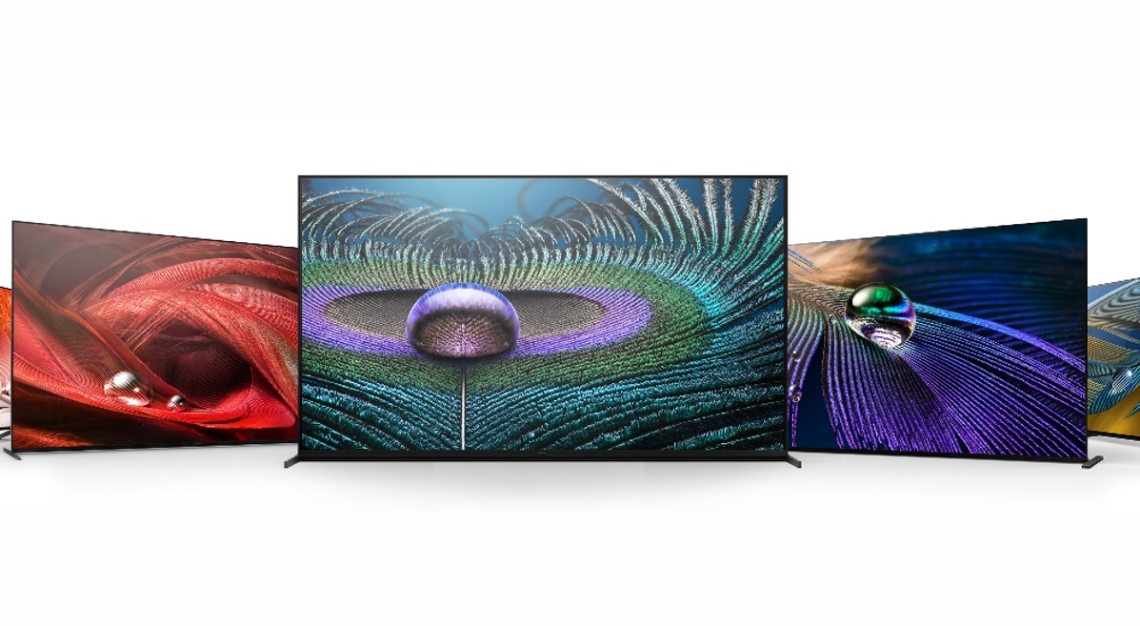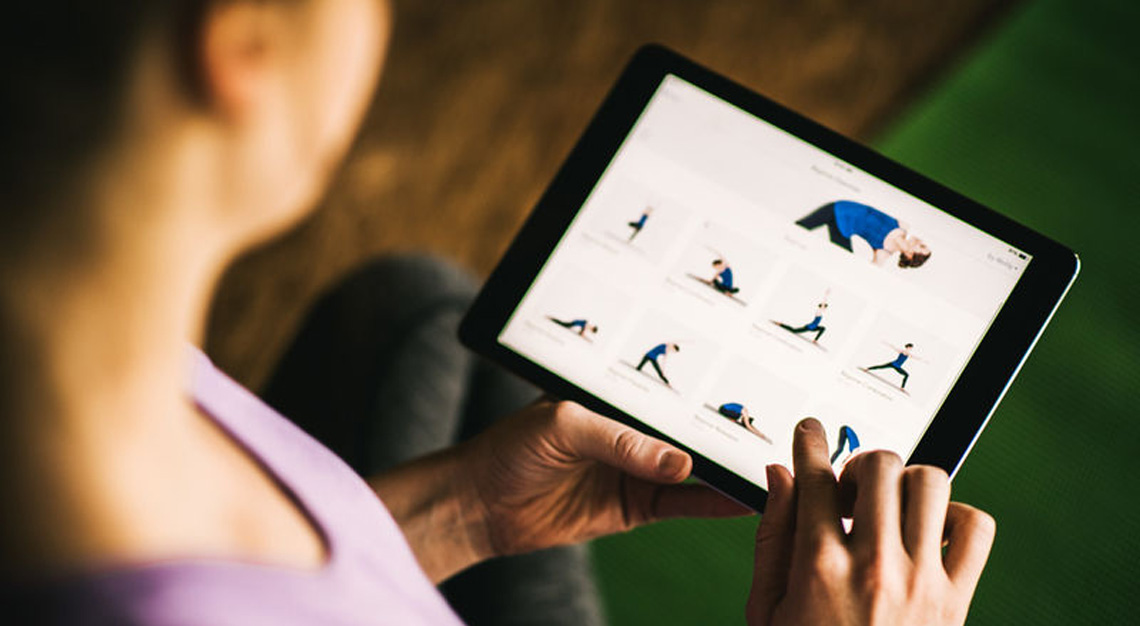The Future, Now
It was an absolutely frenetic week of new gadget/tech unveils at the annual Consumer Electronic Show 2018 (CES).
There was the good, bad and of course, what CES would be complete without the downright weird (the ForwardX Robotics CX-1 self-driving, self-following luggage, for one).
But just which are the ones that really matter? We deliver our verdict of the things you’ll want today, tomorrow and in the next decade or so.

Today: Dell XPS 15 2-in-1
Another year, another flagship convertible (it can switch between a traditional clamshell laptop or a tablet) from Dell.
The sequel to last year’s XPS 13 2-in-1 now comes with a larger 15-inch screen, over the 13-inch panel from year; plus the addition of full-blown Intel Core i5 or i7 processors, replacing the mobile-grade Intel Core M chips from before.
Bigger and faster is good, and so is the new “maglev” keyboard that uses opposing magnets under the keys to provide an ultra low profile, while retaining that satisfying clicky feedback everyone loves.
But the best thing is the addition of an AMD graphics processor with dedicated memory on the same chip as the CPU. This new integrated CPU/GPU combo allows for a smaller footprint and improved graphics performance, lower power consumption and better thermals.
That allows devices equipped with the new Intel/AMD chips to avoid the traditional compromises between size/GPU punch/battery life.
Still too much tehnicalese? Alright then, how does an ultra-thin laptop that has most of the performance of a decidedly un-thin power-user laptop sound? Good, no?

Tomorrow: Samsung The Wall
The concept of a home theatre system has been bandied about for decades now, and while we’ve come tantalisingly close, we’ve never quite been able to truly replicate a cinema experience at home. Primarily because it’s tough to approximate overpriced cola, sticky seats and insufferable talkative moviegoers at home.
More seriously, while you could get cinema-grade audio in your living room for some time now, the display has always lagged behind. While projectors have the size, they don’t offer the best quality, unless you’re prepared to shell out the good part of five figures for a commercial-grade setup. OLED panels have the edge in picture quality, but even the largest ones, like the also-announced-at-CES 8k panel from LG measure a measly 88-inches.
But rejoice, ye multitudes, because The Wall is here. The latest offering from Samsung is aptly named, because that’s what it is, a wall-sized, 146-inch screen. Powered by millions of tiny LEDs, similar to what you’d find in (much cruder form) on outdoor screens, The Wall is also modular.
This allows The Wall to be reconfigured infinitely, and upsized/downsized as you see fit. Heck, you could even slather all of your walls in screens if your megalomania stretches that far.
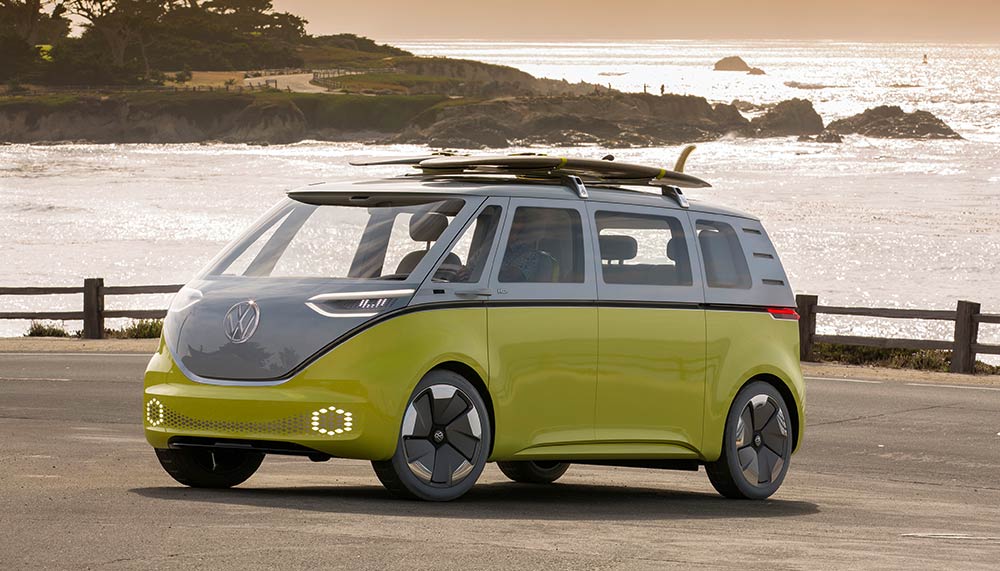
In 2028: Nvidia-powered self-driving Volkswagen
If the smartphone was the defining technological advancement of the 2010s, then surely the gadget that will dominate the 2020s will be the smartcar.
No, not a smart car, like one connected with autonomous driving functions. That goes without saying, because in the decade to follow, every car will have some form of self-driving capability.
No, the smartcar will be a completely automated pod without a steering wheel or a human driver in it. What this will mean for the legions of Grab/Uber drivers out there is another story entirely, however.
At CES, Nvidia and Volkswagen officially announced a partnership and with it, a vision of a smartcar future. Face recognition negating the need for keys, natural speech recognition replacing ‘canned’ commands and intelligent object (read: road hazard) recognition.
They, however, left an earth-shattering nugget buried in the press materials and in the two CEOs’ joint keynote speech. It was upgradability. Just as how your smartphone receives regular updates, the smartcar will follow suit.
Coupled with the smartcar’s machine learning capabilities, all that information will be stored in the cloud, with settings transferable each time you switch cars. Much like how you migrate your smartphone’s settings when you get a new one.
